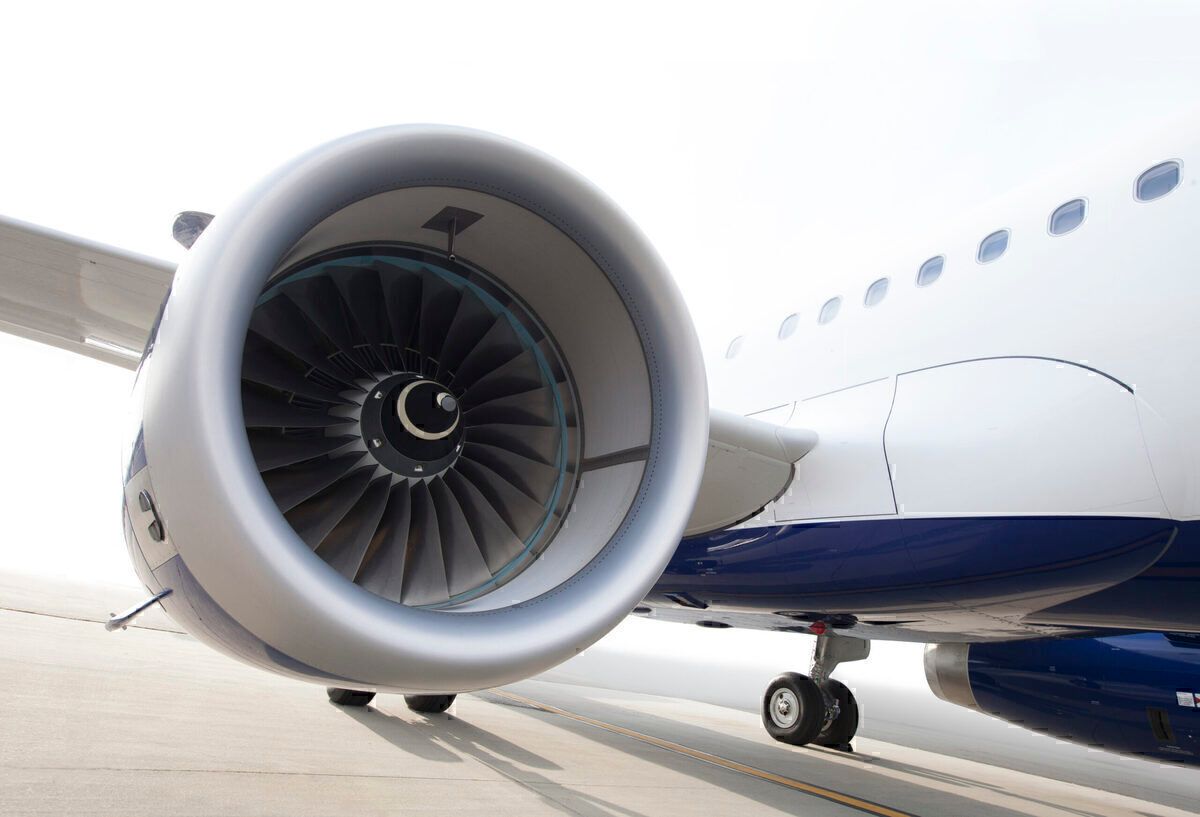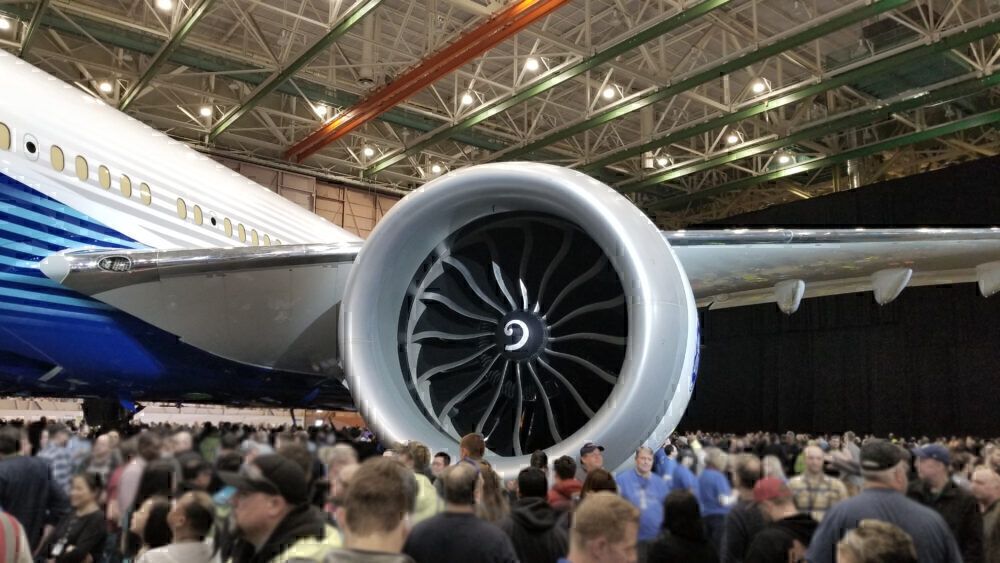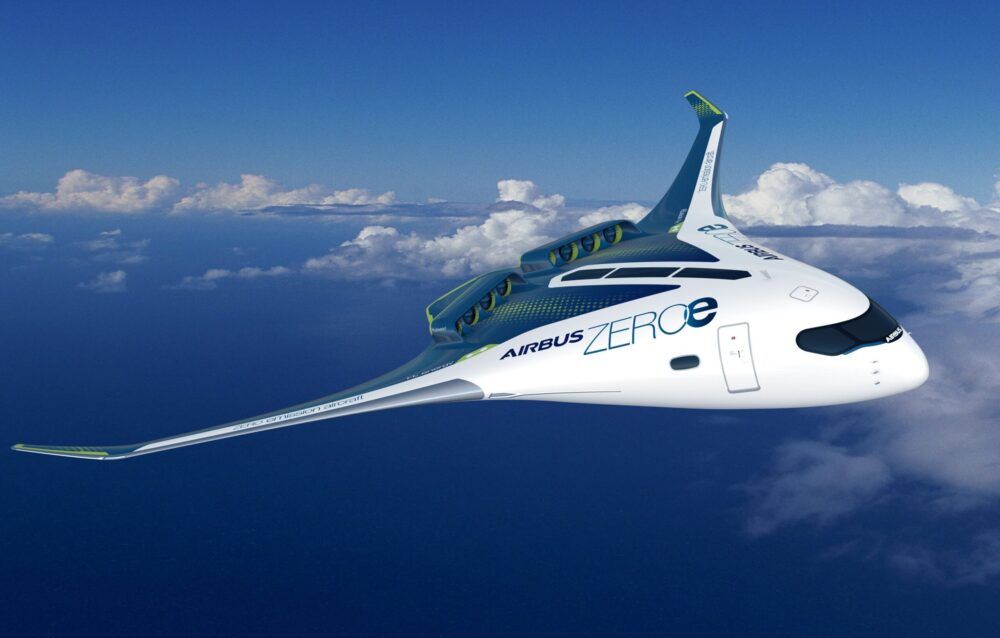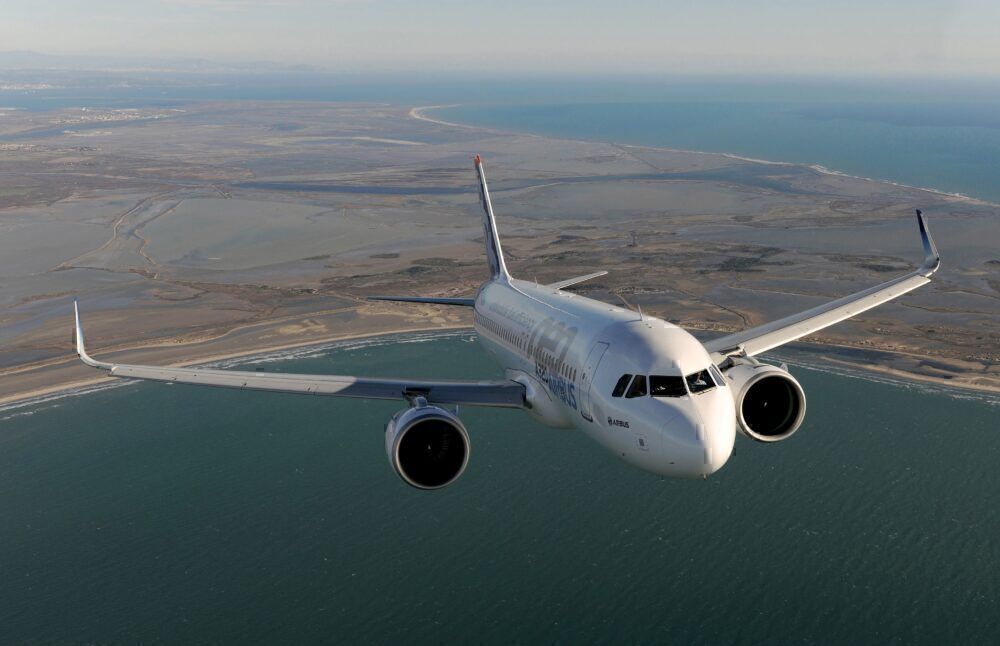The design of airliners has been fairly standard since the beginning of the jet age, with planes having two, three, or four engines. While these planes have become more efficient over the years, they still feature at least two engines. So could there ever be a single-engine airliner?
Not a novel idea
The idea of having one engine on a plane is not a new one - thousands of general aviation aircraft fly with one turboprop engine. Everything from Cessnas to Cirrus can fly with a single engine thanks to their lightweight design. There have also been single engine jet aircraft, such as the Cirrus Vision Jet, but these too tend to be very light.
The primary issue with putting a single engine on an airliner is the size of this engine. Commercial airliners weigh over 100,000 kilograms and require multiple, huge engines to sustain the flight. Shrinking down to a single engine would see the size of this engine balloon and raise aerodynamic concerns over its placement.
Engines on both sides balance the weight of the aircraft and provide the needed thrust to takeoff. Redesigning the plane to have a single engine (presumably mounted on the tail) could raise concerns over stability and power capacity. For now, it might be difficult to find a single-engine commercial airliner. However, the future might hold interesting ideas.
Stay informed: Sign up for our daily aviation news digest.
Shift away from fuel
As climate change continues to impact the world, aircraft manufacturers are looking for ways to move away from traditional fuel-run aircraft. The shift away from jet fuel opens up new opportunities for aircraft design. In September, Airbus proposed three aircraft designs based on hydrogen fuel, with one particularly unique one.
While the new "blended-wing body" aircraft design does feature two top-mounted engines, this could be reduced to one large engine in the future. The use of hydrogen allows for traditional wing-mounted engines to be replaced by more novel designs like this one.
It should be noted that these aircraft designs are far away from actual production, with an optimistic timeline being 2035. However, with a possible breakthrough in fuel type, single-engine airliners are now a reality.
How useful will they be?
While the idea of a single engine airliner sounds quite attractive, it could have some drawbacks for airlines and passengers alike. One primary concern is possible safety issues due to a single engine. Modern planes have redundancies in case of engine failure, allowing safe landing on just one engine. With only a single engine, any damage could be disastrous. Aside from safety, there several technical and comfort issues with such an aircraft.
There definitely is a potential future for a single-engine airliner in the future, especially with the shift away from fuel-based aircraft. However, a number of hurdles and questions need to be solved before we can switch to one engine planes.
What do you think about the idea of a single-engine aircraft? Let us know in the comments below!




